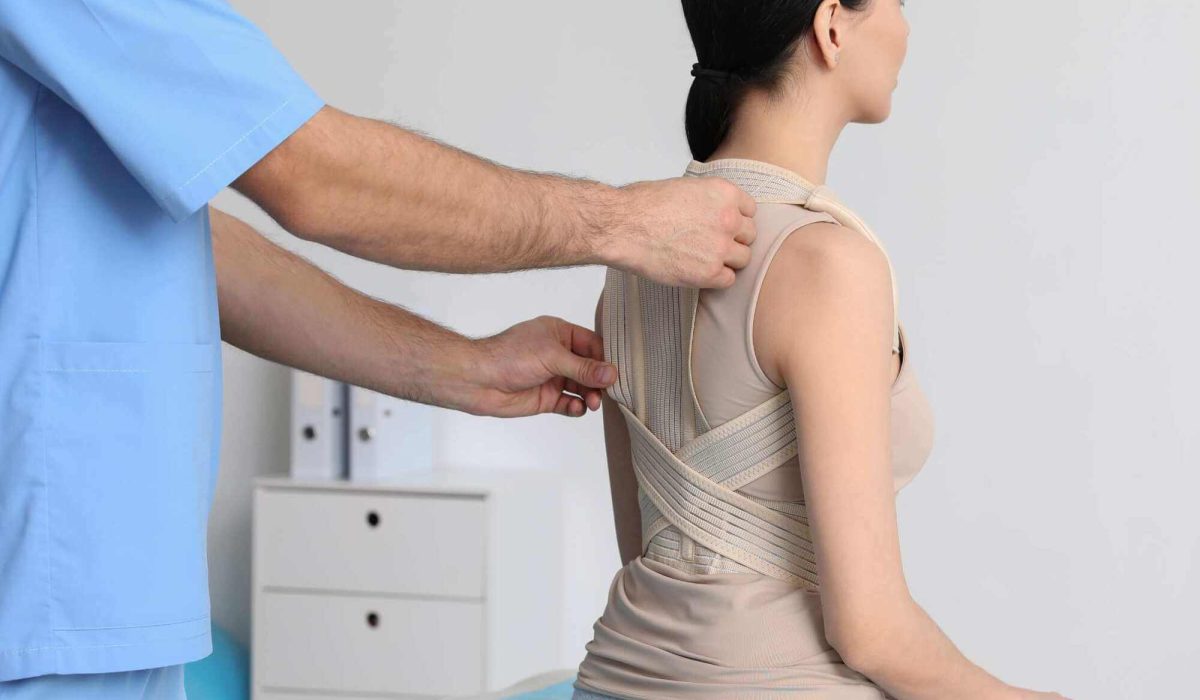Proper posture is more than just sitting up straight. It’s about maintaining the natural curves of your spine to keep your body aligned. The Importance of Posture in Preventing Back Pain cannot be overstated. By understanding and improving your posture, you can reduce back pain, enhance your health, and feel more confident.
Understanding Posture
Posture refers to the way you hold your body while sitting, standing, or lying down. There are two main types: good posture and poor posture. Good posture aligns your body correctly, while poor posture causes misalignment and strain.
How Poor Posture Causes Back Pain
Poor posture can lead to misalignment of your spine, causing stress on your back muscles and vertebrae. Over time, this strain can result in chronic back pain and other problems like herniated discs or muscle spasms. Maintaining good posture helps keep your spine in its natural position, reducing the risk of pain.
Benefits of Good Posture
Maintaining good posture offers numerous benefits:
- Reduces back and neck pain: Proper alignment minimizes strain on your spine.
- Improves breathing and digestion: Good posture allows your diaphragm and digestive organs to function optimally.
- Enhances mood and energy levels: Standing tall boosts your confidence and energy.
- Better appearance: Good posture makes you look more poised and confident.
Identifying Poor Posture
Signs of poor posture include slumped shoulders, a protruding neck, and an arched lower back. Common habits leading to poor posture are sitting for long periods, slouching, and not using ergonomic furniture. Self-assessment techniques like looking in the mirror or asking a friend for feedback can help you identify and correct poor posture.
Tips for Improving Posture
- Ergonomic adjustments: Ensure your workstation is set up to support good posture.
- Proper positions: Practice good sitting, standing, and sleeping positions.
- Regular breaks: Move around and stretch every hour to prevent stiffness.
Exercises to Improve Posture
- Stretching exercises: Stretch your neck, shoulders, and back to release tension.
- Strengthening exercises: Focus on your core and back muscles to support your spine.
- Daily routines: Incorporate posture-improving exercises into your daily routine.
Physical therapists play a crucial role in correcting posture and alleviating back pain through specialized interventions tailored to individual needs. Here’s how they can help:
Assessment and Diagnosis
Physical therapists begin by conducting a comprehensive assessment of your posture. This involves analyzing your body alignment while sitting, standing, and moving. Through detailed evaluations, they identify areas of misalignment, muscle imbalances, and functional limitations contributing to poor posture and back pain.
Personalized Treatment Plans
Based on the assessment findings, physical therapists develop personalized treatment plans. These plans are designed to address your specific postural issues and goals. They may include a combination of:
- Manual Therapy: Hands-on techniques such as joint mobilizations, soft tissue mobilizations, and myofascial release to improve joint mobility, reduce muscle tension, and facilitate proper alignment.
- Therapeutic Exercises: Prescribed exercises to strengthen weak muscles, stretch tight muscles, and improve overall flexibility. Specific exercises target core muscles and the muscles supporting the spine, enhancing postural stability and endurance.
- Education and Ergonomic Guidance: Informative sessions on proper body mechanics, ergonomics in daily activities (like sitting at a desk or lifting objects), and posture awareness. Education empowers you to make sustainable changes in your daily routines to maintain improved posture.
Monitoring Progress and Adjustments
Throughout the treatment process, physical therapists monitor your progress closely. They track improvements in posture, pain reduction, and functional abilities. Adjustments to the treatment plan are made as needed to ensure ongoing success and address any new challenges that arise.
Collaboration and Holistic Approach
Physical therapists often collaborate with other healthcare providers, such as chiropractors or orthopedic specialists, to ensure comprehensive care. They adopt a holistic approach that considers not only posture correction but also factors like overall musculoskeletal health, lifestyle habits, and ergonomic environments.
Common Myths About Posture and Back Pain
Misconceptions about posture and back pain abound, which can lead to ineffective practices or unnecessary discomfort. It’s crucial to debunk these myths and understand the science behind posture management:
- Myth: Sitting up straight all the time is beneficial.
- Fact: Maintaining a rigid, overly straight posture can lead to stiffness and discomfort. The ideal posture is dynamic and involves varying positions throughout the day to reduce strain on muscles and joints.
- Myth: Good posture is only about appearance.
- Fact: While good posture enhances appearance by projecting confidence, its primary benefits lie in reducing stress on the spine, promoting optimal body function, and preventing musculoskeletal pain and injury.
- Myth: Posture correction is solely about pulling shoulders back.
- Fact: Effective posture correction involves addressing the entire musculoskeletal system, including core strength, muscle balance, and joint alignment. It’s a holistic approach that requires comprehensive evaluation and targeted interventions.
FAQs About Posture and Back Pain
How does poor posture lead to back pain?
Poor posture misaligns your spine, causing muscle strain and discomfort.
Can back pain be cured by improving posture alone?
Improving posture can significantly reduce back pain, but other treatments may be necessary.
What are the best exercises for maintaining good posture?
Stretching and strengthening exercises for the core and back are most effective.
How long does it take to correct poor posture?
It varies, but with consistent effort, you can see improvements in a few weeks.
Can children and teenagers suffer from back pain due to poor posture?
Yes, poor posture can affect people of all ages, including children and teenagers.
Conclusion
Maintaining good posture is essential for preventing back pain and promoting overall health. By making simple adjustments and incorporating exercises into your routine, you can improve your posture and enjoy a pain-free life. If you’re struggling with back pain, consider seeking advice from a physical therapist. For expert guidance and personalized treatment plans, visit Capstone Physical Therapy & Fitness.




